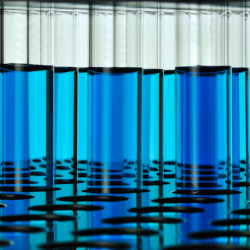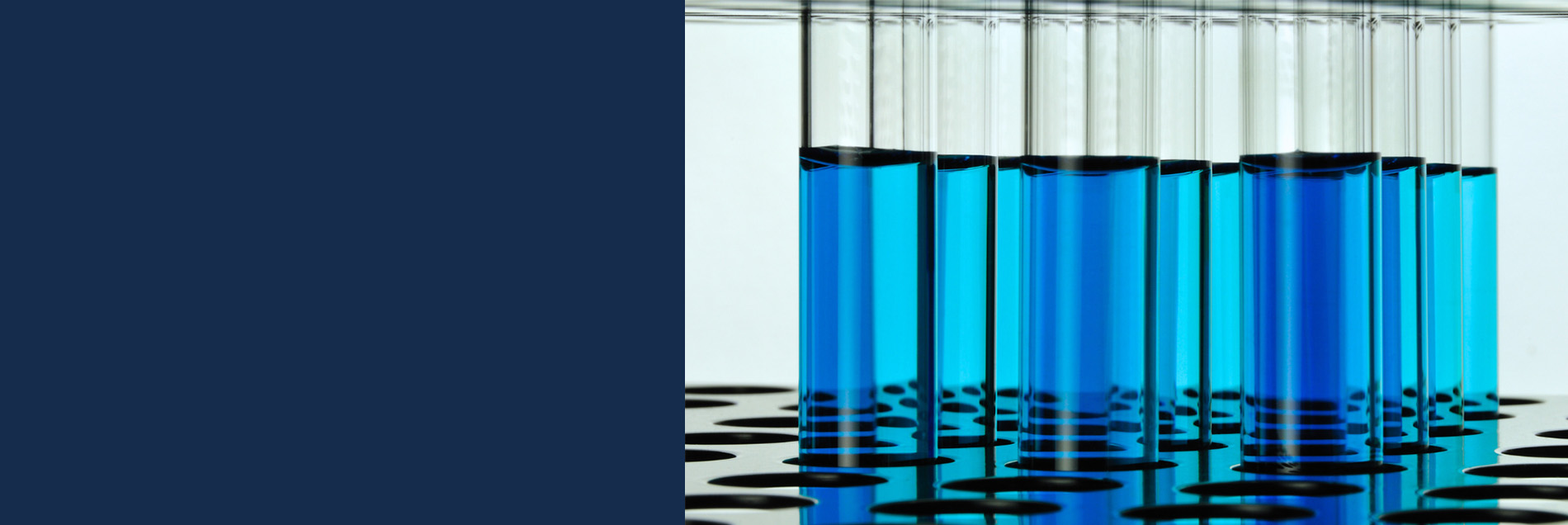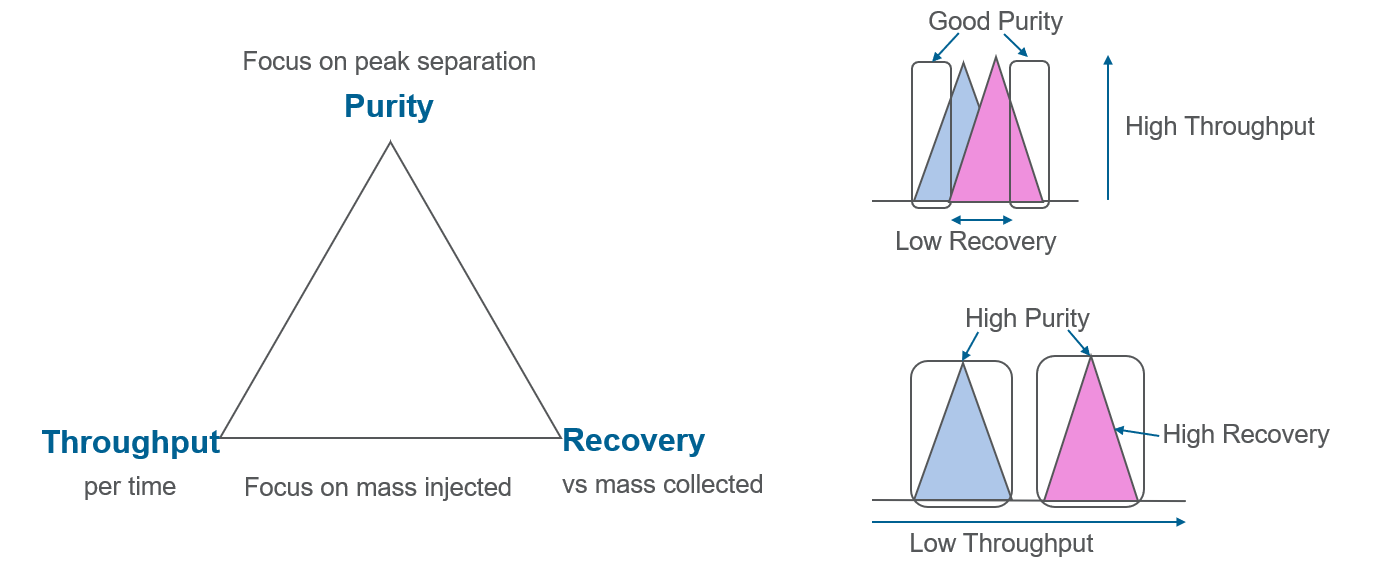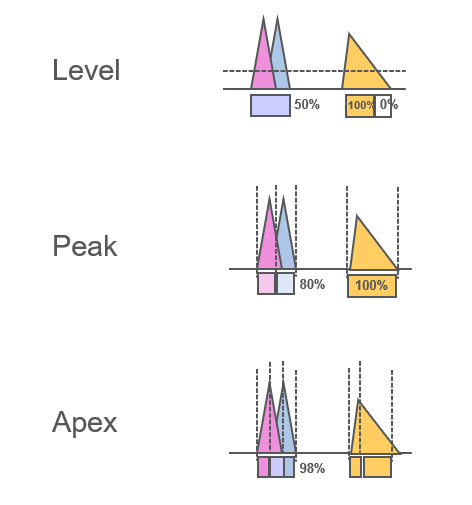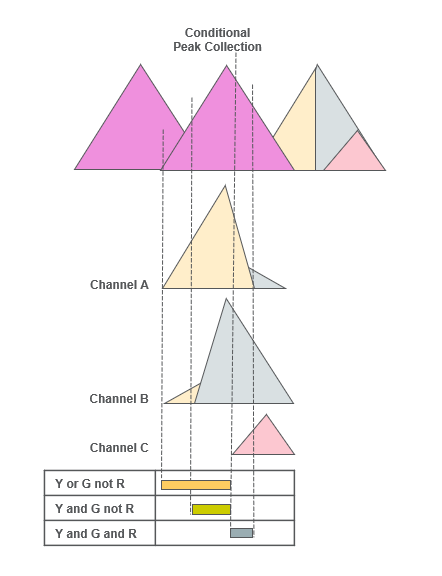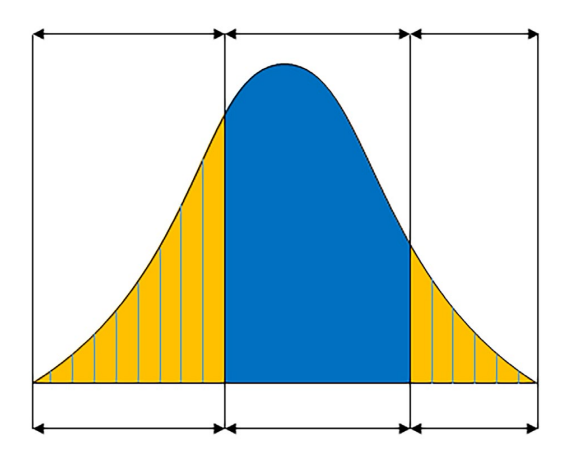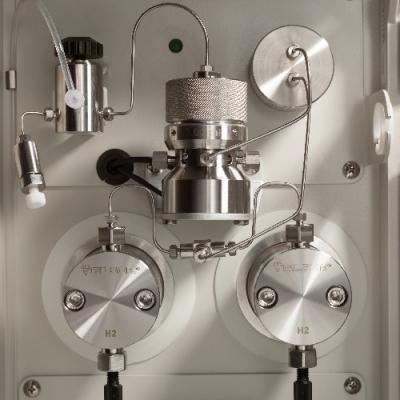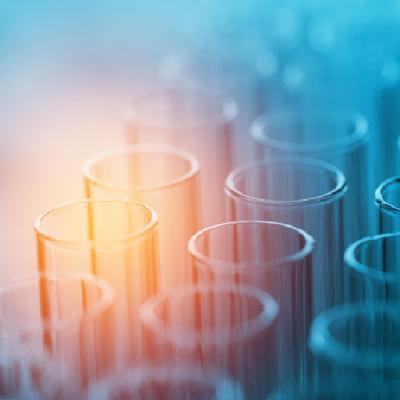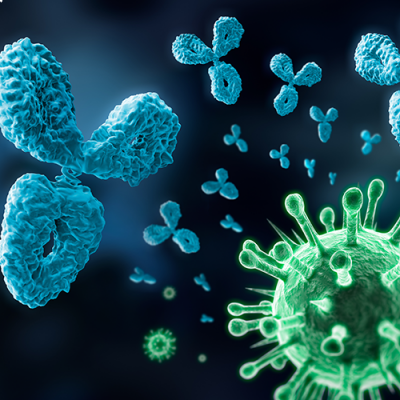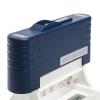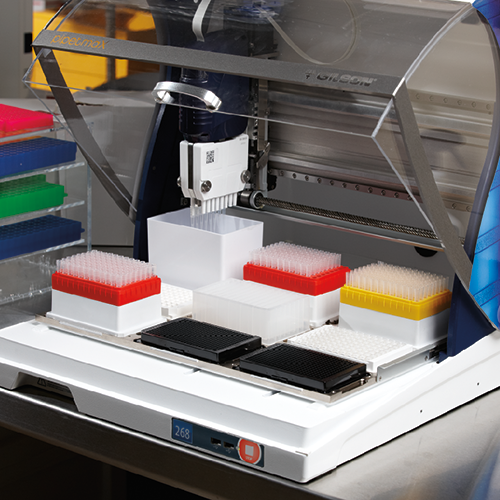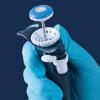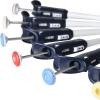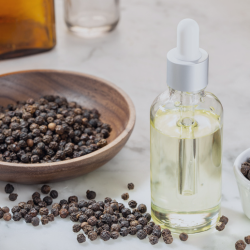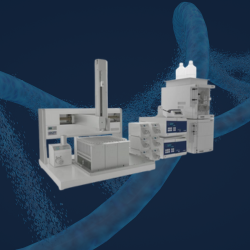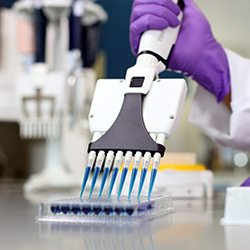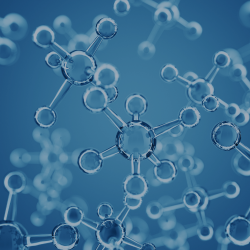In the pharmaceutical and biotechnology industries, achieving high purity and high yield when developing treatment candidates is of utmost importance. Any impurities present can interfere chemically and physically with a candidate, leading to inaccurate or unpredictable results, and, at worst, they pose a potential safety concern for patients.
Further complicating matters, the processes involved in drug development are often multi-step. Attrition at each purification stage can lead to a low yield and require candidate resynthesis — which is time-consuming, resource-intensive, and costly.
Liquid chromatography (LC) is the standard method used for purifying products in the discovery stages, as it is cost-effective, relatively simple to perform, and reliable. However, obtaining high purity and yield using this approach often comes at the cost of throughput, as purification runs must be lengthened to achieve greater separation between components. Such a trade-off between purity, yield, and throughput presents a significant challenge for researchers and scientists. How can labs limit this trade-off in their workflows?
This article explores how users can enhance fraction collection efficiency and streamline the purification process by using the latest advances. By doing so, users maintain purity and yield while minimizing re-analysis, ultimately saving valuable time and resources.
Throughput, Recovery, or Purity?
When trying to maximize the purity and yield of products, labs often must choose between two approaches to collect fractions in liquid chromatography:
Purity enhancement
Purity can generally be enhanced by improving the resolution between peaks. However, it means that separation takes a longer time, thereby limiting throughput.
Recovery and throughput enhancement
Critical at the pilot or process scale, recovery and throughput are usually enhanced using advanced purification modes. This compromises peak resolution, however.
Such considerations can be summarized by the Purity-Recovery-Throughput triangle (Figure 1).
Figure 1. The relationship between purity, recovery or throughput, and throughput in LC workflows (left), and visualizing the trade-off between the different factors (right).
To strike the right balance between yield and throughput, different collection capabilities can be employed: Level (Threshold), Peak, Apex, or Conditional Peak (Figures 2 and 3), each of which can impact the purity of the final compound.
Level (Threshold): Here, you collect nearly everything— but non-separated compounds will be mixed, with anything below the level being lost. This mode is similar tofraction collection by time, andis usually the first approach used to ensure that all potential compounds of interest are collected.
Peak: The entirety of the peak is collected. However, it is important to note that one peak does not necessarily represent one compound. Fractions can therefore be less pure as there may be peak overlap, which can affect the quality of the final product.
Apex: Here, the method breaks fractions up into sections before and after the peak apex. While it can lead to higher purity compounds, it results in smaller fractions that require more analysis, potentially increasing the time and resources needed.
Figure 2. Demonstration of Level, Peak, and Apex collection.
Conditional Peak: An advanced technique that allows you to collect peaks based on multiple detection channels (such as various ultraviolet (UV) wavelengths and mass spectrometry (MS)), and multiple collection techniques (including Level and Peak). By cutting the peak and collecting the fraction the way you want, you can tailor the collection process to achieve the desired balance between yield, throughput, and purity.
Figure 3. Demonstration of Conditional Peak collection with a peak composed of three different compounds.
Advanced Peak Collection Improves Throughput
Gilson's TRILUTION LC v4 software— which is used by modular Gilson preparative chromatography systems— provides complete control over the fractionation and destination of chromatography fractions, significantly improving the purification process. The advanced peak collection approach described reduces the need to compromise between recovery, purity, and throughput.
TRILUTION LC software splits the peak into three sections: front, middle, and rear (Figure 4). The different parts of the peak can then be directed into different vessel types, giving you control over the purification process. The most concentrated part of the peak can be collected into a large bottle(s) as a single fraction, reducing the number of fractions to dry down or re-analyze.
To improve yield further, the front and rear of the peak can be sliced and collected into multiple tubes, allowing for further analysis and re-purification if the fraction(s) do not meet the purity requirements. It is worth noting that fraction reprocessing will impact throughput, demonstrating the fine balancing between purity, recovery, and throughput.
Overall, the advanced peak collection method reduces re-analysis time, as most of the product is collected into a single bottle, which enables greater throughput. The capabilities of the approach make it ideal for the final stage of purity enhancement.
Figure 4. TRILUTION LC software’s advanced peak collection method splits the peak into front, middle, and rear.
Optimize your Purification Outcomes
To optimize your purification work and benefit from advanced fraction collection using TRILUTION LC software, consider the following requirements and capabilities for your LC setup:
- Implement a dual setup for higher throughput
To ensure that the collection process is both efficient and targeted, consider installing a dual setup. By doing so, one unit can collect liquid into tubes on the liquid handler, while the other collects the pure product into bottles.
- Use targeted detection for higher purity and throughput
Using mass detection allows for targeted compound identification, thereby guaranteeing that compounds of interest will not be lost. Here, fraction collection can be triggered to segregate pure fractions from lower purity ones. This targeted fractions collection mode reduces the number of fractions to dry down or re-analyze.
- Choose customizable software
If you have specific requirements for your synthetic compound purification, you can customize TRILUTION LC software to set the conditions you need. By tailoring the software to your unique purification requirements, you can ensure your process is optimized for maximum efficiency.
Control Your Purification with TRILUTION® LC Software
TRILUTION LC is a user-friendly software package designed to control high-pressure LC and automated liquid handling instruments, making it an invaluable tool for researchers and scientists across pharma and biotech labs. The software offers a range of features that enable users to take full control of their purification processes:
Graphical gradient creation, adjustments, and method optimization through an intuitive interface streamlines the method development process
Graphical custom task and rack creation enables users to meet even the most demanding application requirements with ease
Accurate fraction simulation helps users to refine their fraction collection methods before implementing them in the lab
Data collection from various detectors including UV, diode array detection (DAD), evaporative light scattering (ELS), and mass detection (MS) leverages the full potential of fraction collection
Conditional logic collection capabilities using AND, AND/OR, OR and NOT operators allows users to collect specific peaks based on their unique criteria, ensuring targeted fraction collection from multiple-detection signals
Improved Purification is in Your Control
Traditionally, improving compound purity and yield has come at the cost of throughput, presenting a significant challenge for researchers and scientists across the pharma and biotechnology industries. However, TRILUTION LC software offers an innovative solution, allowing you to control fractionation and the destination of your fractions to maintain purity and yield while minimizing re-analysis time. Equipped with this latest advance, you can ensure maximum productivity, profitability, and confidence in your final product purification process.

















